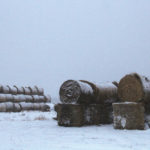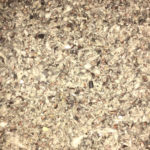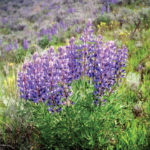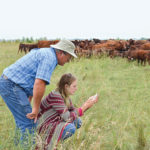
Features

Bale grazing. ‘What a waste of feed!’ NO
Grazing with Steve Kenyon

History: Let us remember the horses
From the December 2018 issue of Canadian Cattlemen

Managing weather risks to feed and water
You can’t control the weather but you can increase your operation’s resilience

Take-aways from the 2018 beef summit, Part 2
Second instalment of a two-part series highlighting “take-aways” from the 2018 Beef Summit in Calgary that combined the International Symposium on Beef Cattle Welfare and the UCVM Beef Cattle Conference

Genomic tools for crossbred cattle in the works
The structure of the beef industry poses challenges

W.A. Ranches’ gift to veterinary medicine and bovine health
The ranch will be home to the University of Calgary’s beef research and extension programs

Cottonseed hulls gaining favour in Canadian show cattle
Some producers in the U.S. are turning cattle out on cotton fields after harvest to graze

Beware of toxic plants in pastures
There are many toxic plants in Western Canada cattle producers need to steer clear of

Tranberg takes the lead at Alberta and National Cattle Feeders’ Association

Put the land first… and everything else will follow
Rotational grazing setup uses 16, eight-acre paddocks that cattle move through on four-day intervals



